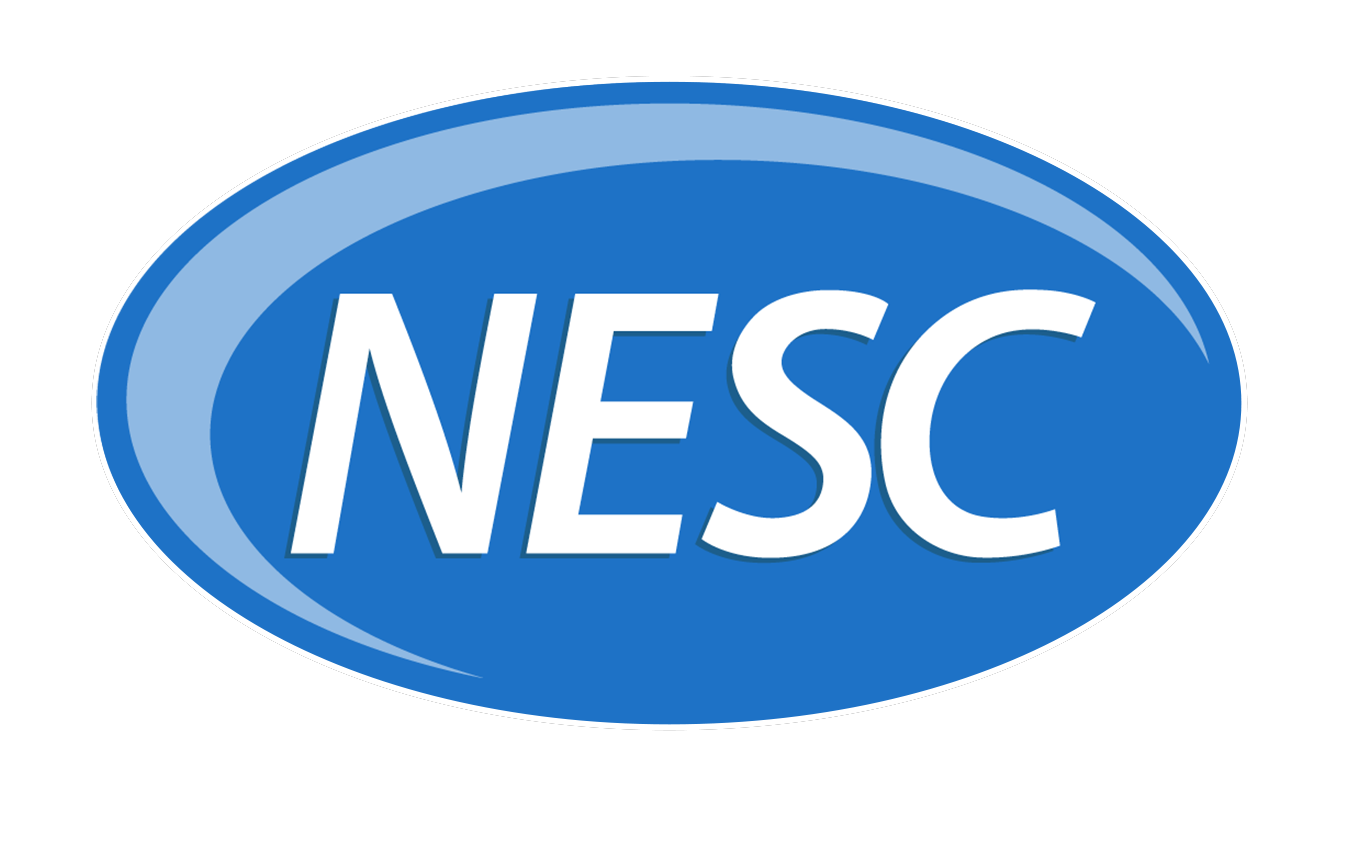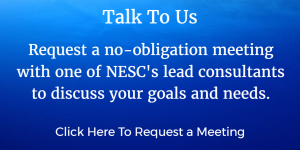
There is nothing permanent except change. The dynamic organization, in order to survive and thrive, must envision the future and reform itself to meet it, thereby shaping its own destiny. To remain static – to resist change – spells disaster.
It is better to be active in shaping those changes than to be caught up in a reactive mode. Strategic planning should be at the top of the agenda for any nonprofit organization.
So, we have all probably done a strategic plan for our organizations, right? Why, then, do so many nonprofits have strategic plans that sit on the shelf or have not been updated since the organization was founded?
Because most strategic plans do not deliver results!
Ineffective strategic plans tend to share one or more of the following characteristics:
- They don’t have a tactical plan that is accountable and measurable.
In order to be successful, a plan must break down goals into action steps that identify:
> Who is responsible
> How you know when you have achieved the goal
> When the goal will be accomplished (deadline)
Individuals must be held accountable, but too often those responsible for a goal have fires to fight and the deadline gets pushed out or, in many cases, forgotten. A good strategic plan is revisited by staff and board, adjustments are made, and it drives day-to-day activity. A strategic plan is a process and is a living and breathing document.
- They do not take into account the outside world in which the organization operates.
There are many outside influences that can affect a nonprofit’s effectiveness, including what the competition is doing or what clients and funders are really looking for. In order to streamline the strategic planning process, the Planning Committee may say “We can skip the interviews” or “We know what we have to do for our organization”. Having an insular viewpoint can spell disaster. Imagine going to a funder with your idea for a new activity only to find out that another organization has been doing that activity successfully for a year. Suddenly your nonprofit organization doesn’t look so cutting-edge anymore. Or worse yet, imagine another organization taking over your activities because they did effective strategic planning and realized they can do what you’re doing better and/or more efficiently. A good strategic plan looks outside the organization bubble.
They lack buy-in from the staff or board.
Without broad participation in the strategic planning process throughout the organization, the staff tends to focus on “business as usual” after it is completed, doing what they think is needed to get their day-to-day jobs done. A good strategic plan is developed with input from the staff and supported by leadership from the top. The Board Chair and Executive Director need to champion the cause for planning. Their task is to sell the need, to set and keep the pace, to establish the tone, and put the process into context within the organization’s culture. If support and motivation is lacking, then there is a real risk that the process will flounder and the end result will miss the mark.
Remember, all those with a stake in the organization’s future – board, management and staff – should be involved in the process. Involving other stakeholders could also add value by bringing diverse points of view to the process. The board must approve the Strategic Plan because the board is responsible for policy. To do this effectively the board must be part of the overall process. Surprises are to be avoided at all costs and key issues need to be thoroughly aired so that consensus is reached.
- They only focus on the programs and not on financial feasibility.
A good Strategic Plan is one that is financially viable. It must address resource requirements: the budget to pay for program initiatives and human resources to implement them. How will the programs fit into the organization’s financial and business model? The plan must pass the budget test. The staff financial manager should be involved in the strategic planning discussions both tactically (“How much does this initiative cost?”) and strategically (“How will this initiative affect the cost, structure of the entire organization?”). Having sufficient resources to achieve success doesn’t happen without planning.
We at NESC have helped literally hundreds of nonprofits develop strategic plans, and we’ve seen what sets the most effective plans apart from the others. The bottom line: Developing a comprehensive, measurable strategic plan with participation and buy-in from all stakeholders is critical to the long-term success of your nonprofit organization.
To see these steps in action, read our newest case study. The post goes through the process a local arts organization undertook when their funder requested a strategic plan.
Agree? Disagree? Share your thoughts in the Comments below.

